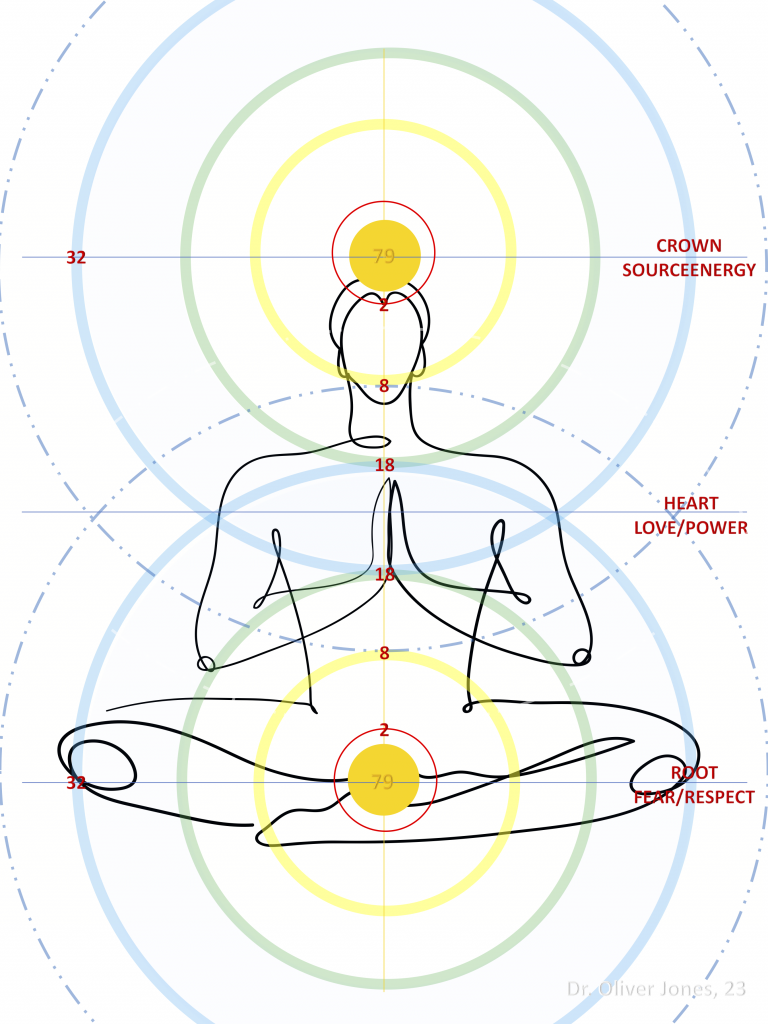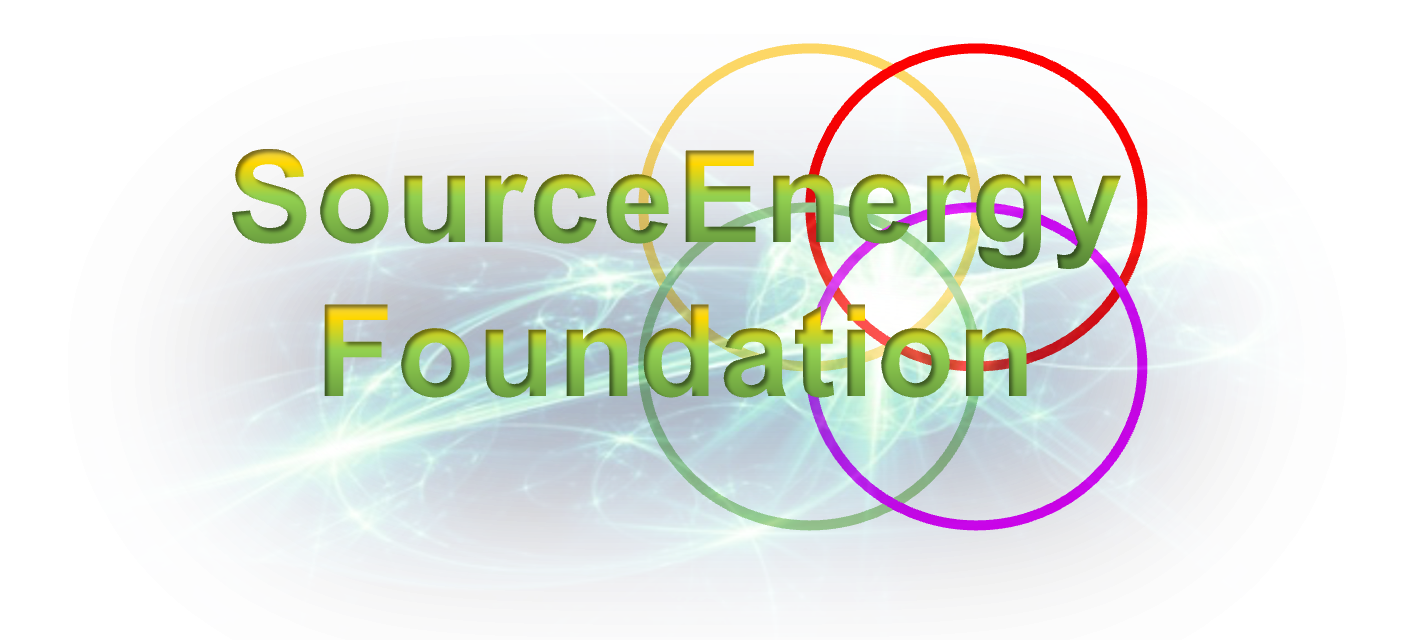Layers 4 & 5: Self-Control Mechanisms
The development of Layers 4 and 5, categorized under “Self-Control Mechanisms,” can be considered a revolutionary milestone in the blending of artificial intelligence and the Wealth Ecology Model.
Layer 4: Resource Limitation Control
Objective:
To ensure that the neural network’s operations are sustainable, Layer 4 actively monitors and restricts the use of computational and environmental resources.
Technical Components:
- Resource Monitoring: Real-time metrics on CPU utilization, memory usage, and energy consumption are continually assessed.
- Threshold Setting: Limits are set for each resource to avoid overuse or wastage.
- Resource Allocation: Dynamically allocates resources based on priority and need.
- Sustainability Index: Calculates a sustainability score based on the resource consumption patterns.
- Feedback Loop: Sends signals to adjust resource allocation in real-time based on the sustainability index.
Operational Flow:
Data and insights passed from the previous layers enter Layer 4, where resource consumption is closely monitored and adjusted to ensure maximum sustainability.
Layer 5: Decision-making Regulation
Objective:
To impose ethical and logical constraints on the decision-making process, reducing the risk of impulsive or damaging actions.
Technical Components:
- Ethical Guidelines Database: A set of ethical principles and guidelines against which decisions are measured.
- Decision Weighting: Assigns weights to different decision variables based on ethical and logical considerations.
- Action Approval Mechanism: Validates each decision against ethical guidelines and decision weights.
- Audit Trail: Maintains a comprehensive log of all decisions made, including the ethical and logical reasoning behind them.
Operational Flow:
Layer 5 receives the proposed actions from the earlier layers, weighing them against ethical guidelines and logical constraints before approving or rejecting them.
Wealth Ecology Model Alignment:
These layers align closely with the “Community” and “Sustainability” components of the Wealth Ecology Model. By exerting control over resources and decisions, the network creates a balanced ecosystem where technological capability is harmonized with ethical considerations and sustainability objectives.
Layer 4’s focus on resource limitation directly resonates with the ‘Energy’ and ‘Sustainability’ aspects of your model. It ensures that the technology serves the community without harming the planet, thereby contributing to a balanced wealth ecology.
Layer 5 emphasizes the ethical and community-centric elements of the Wealth Ecology Model, ensuring that decisions taken are in line with societal norms and values, thus contributing to the ‘Community’ and ‘Education’ sectors of your model.
The dual layers of self-control serve as the network’s moral and environmental compass, thereby maintaining alignment with the Wealth Ecology Model’s aspirations for a balanced and prosperous global ecosystem.

